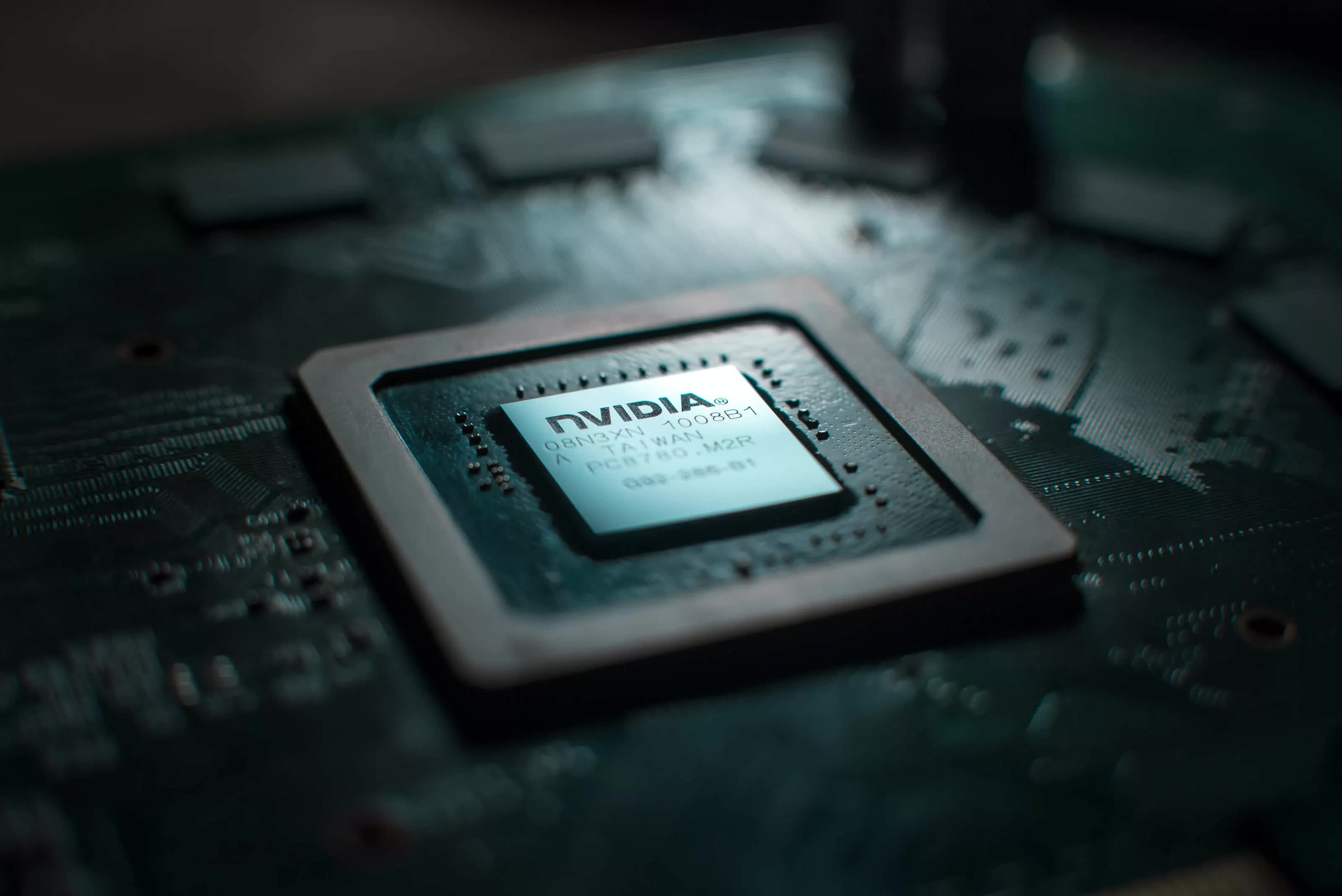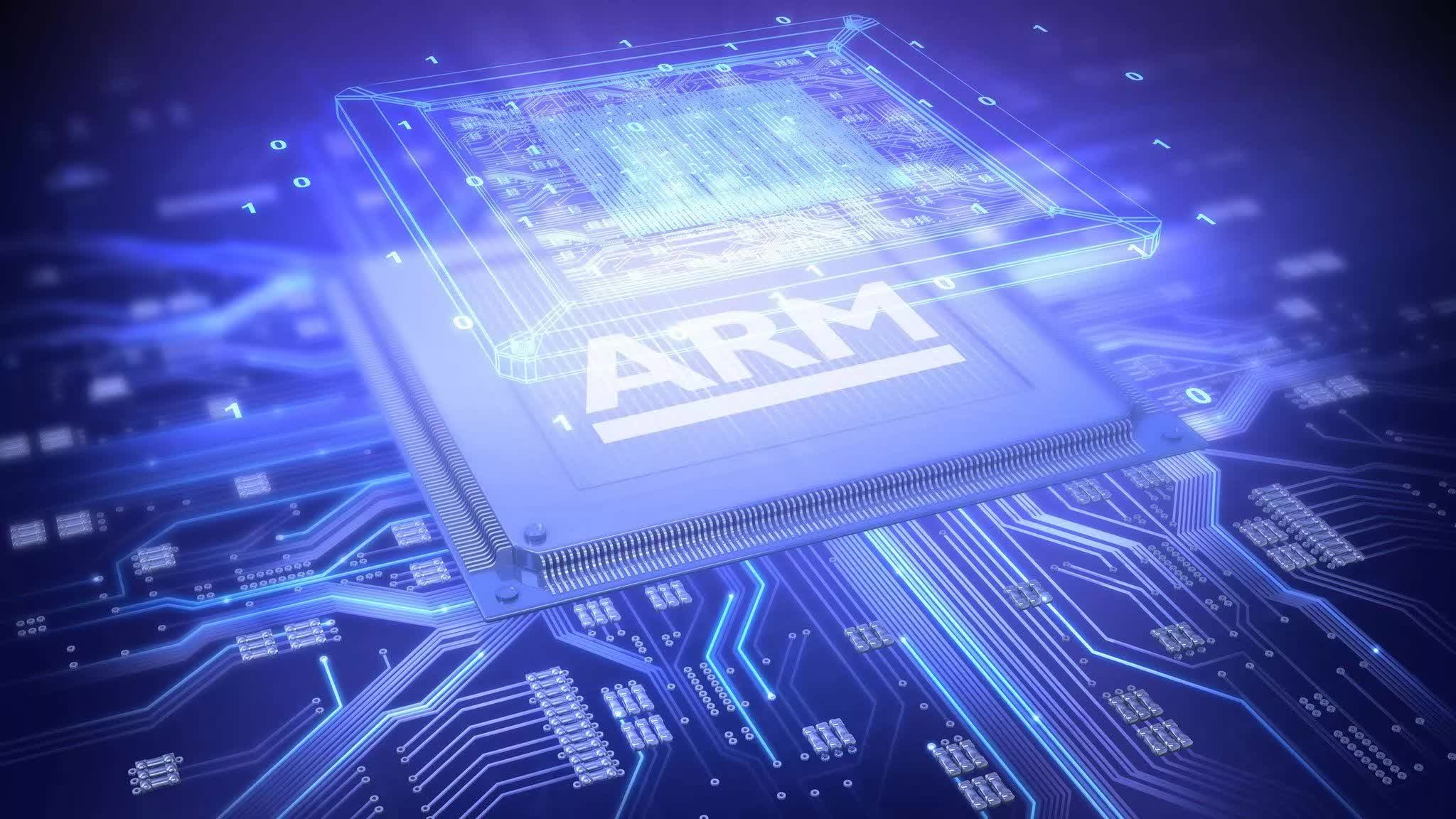TL;DR: Nvidia's first CPU based on the Arm architecture has been the subject of growing buzz, signaling the company's ambitions to challenge dominant players like Intel, AMD, and Apple. But that move is now hitting serious turbulence. A newly uncovered hardware issue has forced another delay, and engineers are reportedly going back to the drawing board to resolve this latest issue.

Nvidia has encountered a new hardware problem with its much-anticipated N1x Arm CPU, and this time it is a major one. According to multiple industry sources cited by SemiAccurate, the issue may require a significant change to the silicon design. As a result, both the chip's debut and shipping dates have been pushed back to 2026.
Nvidia engineers met a first significant issue earlier this year, but they were allegedly able to solve it without messing with the actual silicon design. The company previously claimed that the N1 and N1x chips had entered full production, which now appears to have been an overly optimistic assessment if the latest rumors leaks are accurate.
A few weeks ago, a supposed "Nvidia N1x" sample appeared in Geekbench's online benchmark database, showing some pretty interesting performance scores. The chip appeared capable of competing with some of the best mobile processors currently on the market. The Nvidia N1 series is expected to go head-to-head with Qualcomm's Snapdragon X Elite, Intel's Core Ultra 200HX series, Apple's M3, and AMD's Ryzen AI Max.

Despite the reported setback in the silicon design, the Nvidia N1 project is real and gaining momentum among industry insiders. Multiple reports have confirmed that the AI behemoth is developing its Arm-based chip with several hardware partners reportedly involved in the venture. Needless to say, the company has gained the resources in the past couple of years to develop this and any other project they wanted.
Nvidia showcased its "AI PC" in January and is now expected to release a more affordable version of the system developed in collaboration with MediaTek.
More recently, insiders have hinted at a possible partnership with Alienware for a gaming laptop featuring an Arm-based CPU paired with a built-in GeForce GPU.
Customers are not exactly queueing up to buy Arm-based laptops for gaming, but Nvidia seems committed to push forward. Some observers have noted that promoting the Arm architecture in the traditional PC market is a questionable move, especially since Intel and AMD continue to improve the x86 architecture at a steady pace.
Nvidia's struggles with the N1 project feel like a case of history repeating itself. In the company's early days, its initial graphics chips failed to gain traction, and Nvidia came close to bankruptcy before rebounding with the successful launch of the RIVA 128 in the late 1990s. For those interested in the company's early history, the 86Box blog offers a fascinating deep dive, where a crazy programmer is working on a functional emulation of the RIVA 128 and NV3 architecture.
Nvidia's Arm CPU dream hits a hardware wall, debut pushed to 2026